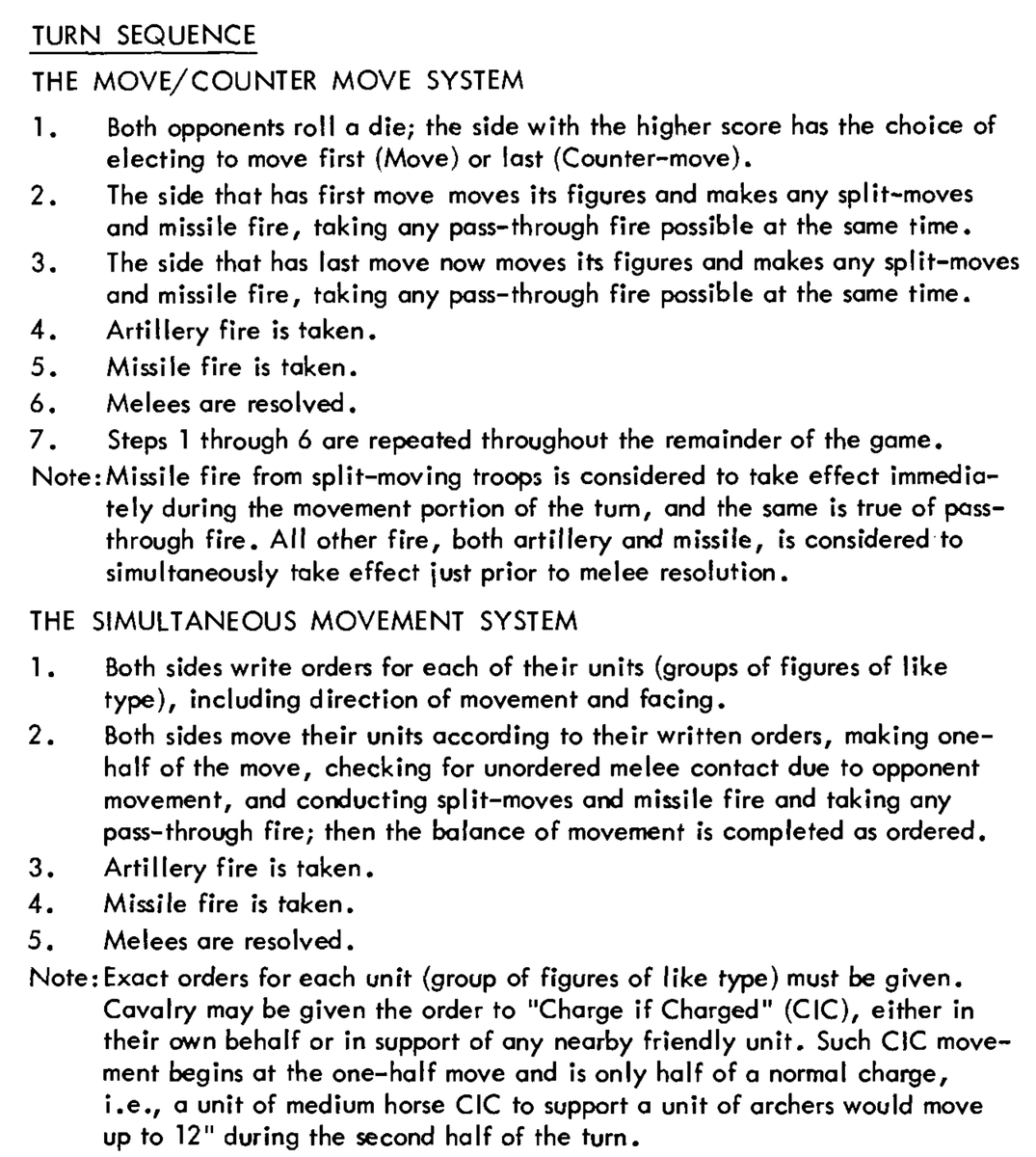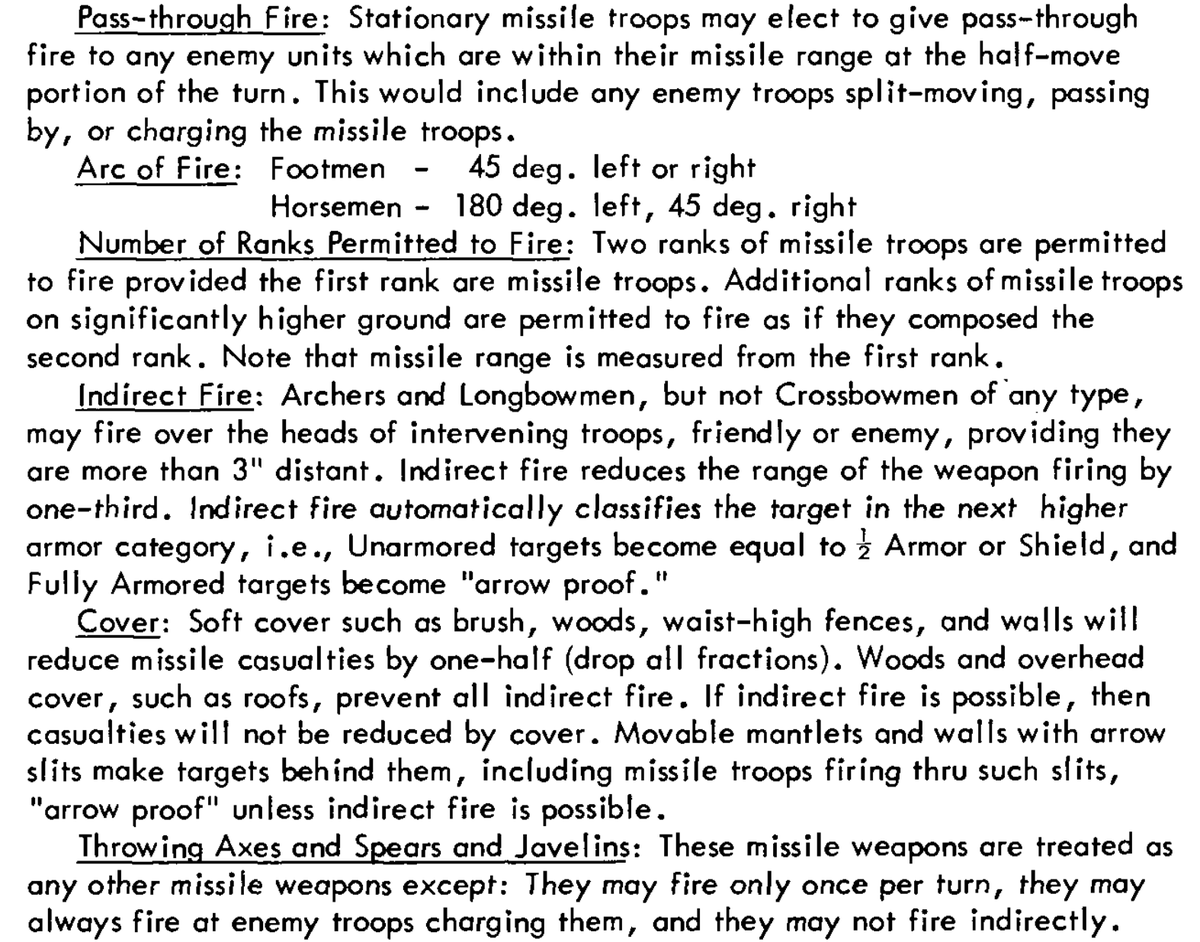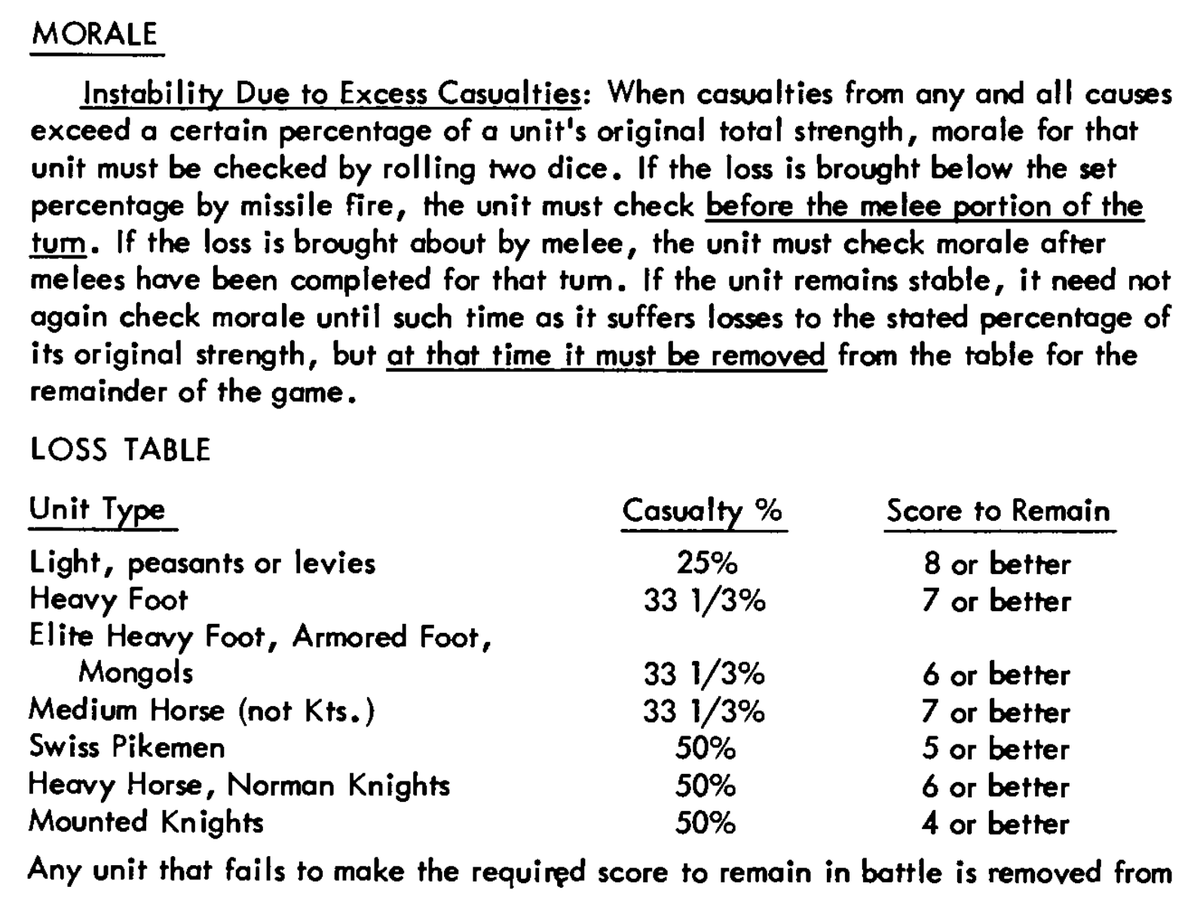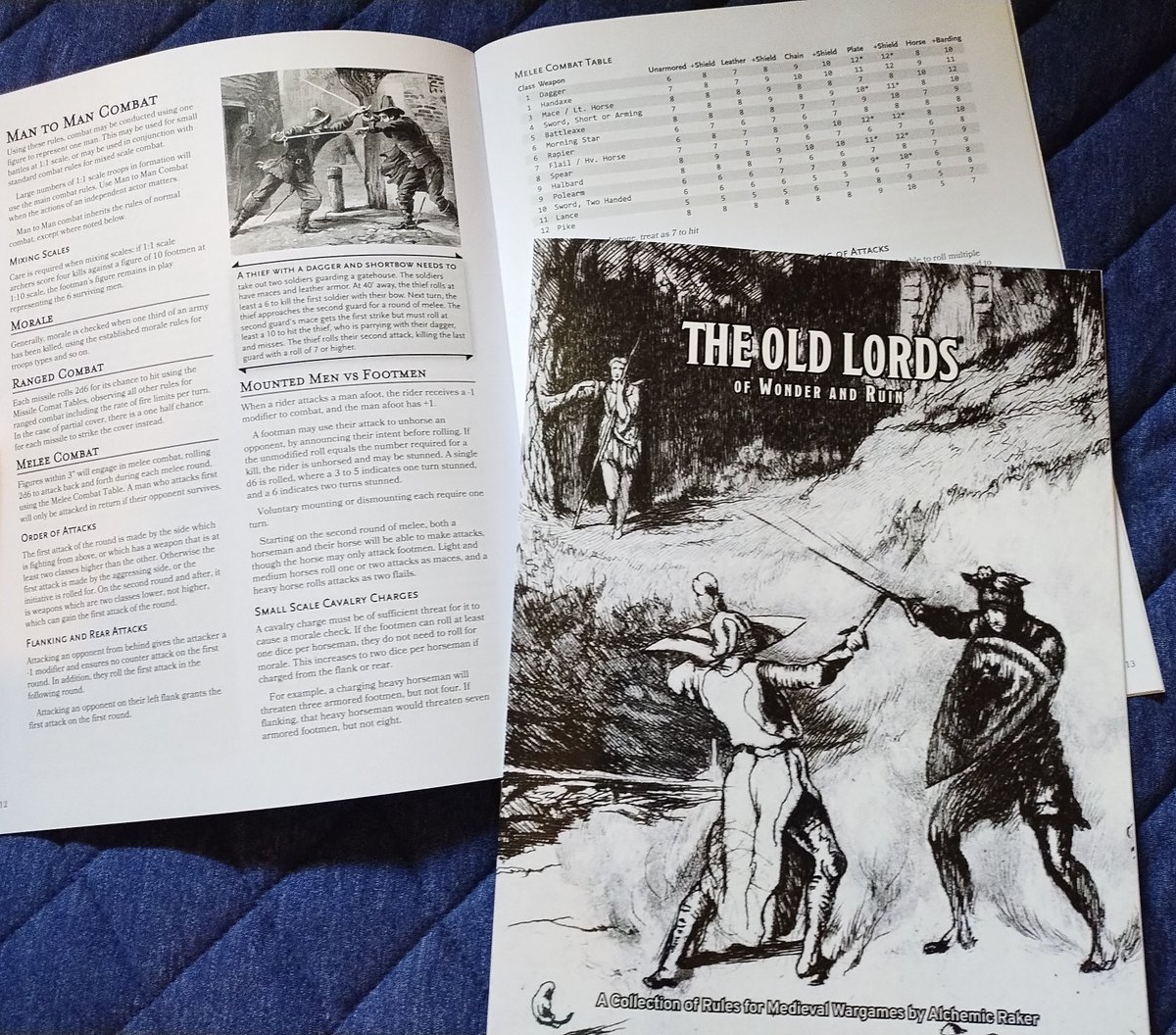From my studies examining the #ADnD, RAW, it pushes not only for 1:1 downtime, but ALSO for 1:1 play within sessions of play as well. The evidence is in the 1e DMG, and also appears directly referenced, and similarly implied, in modules made during that time.
In the 1e DMG, 1979:
1:1 between sessions is recommended
Combat rules heavily imply 1:1/real-time as well, with 1 minute combat rounds, and if a player dithers for what to do on their turn for a whole minute, to skip their turn, as they are representative of their characters' inability to decide as well
Combat rules also describe that whatever players are discussing at the table during combat, can be heard by the local NPCs as well
In the Tomb of Horrors, 1978:
instructed to assume 1:1 time between sessions, to recover adventurer HP
1:1/real-time events, such as counting down from 10 as a door seals shut, are described
Throughout #ADnD, the design is to keep the decision space most closely in sync between the players and their characters, and how players decide to use their own time contributes to their success or detriment. In other words, immersion in time.
In the 1e DMG, 1979:
1:1 between sessions is recommended
Combat rules heavily imply 1:1/real-time as well, with 1 minute combat rounds, and if a player dithers for what to do on their turn for a whole minute, to skip their turn, as they are representative of their characters' inability to decide as well
Combat rules also describe that whatever players are discussing at the table during combat, can be heard by the local NPCs as well
In the Tomb of Horrors, 1978:
instructed to assume 1:1 time between sessions, to recover adventurer HP
1:1/real-time events, such as counting down from 10 as a door seals shut, are described
Throughout #ADnD, the design is to keep the decision space most closely in sync between the players and their characters, and how players decide to use their own time contributes to their success or detriment. In other words, immersion in time.
the frequency with which a player and their character can participate in sessions directly depends on what their characters are doing in the game world, including travel, studying, and training
#ADnD DMG, page 38
#ADnD DMG, page 38

"Delay in deciding [...means...] the individual is not doing anything [...but...] is standing by and dithering [...] to arrive at a decision"
#ADnD DMG, page 71
#ADnD DMG, page 71

"Considering the melee round as 1 full minute, actually time a participant, and you will see what is meant"
#ADnD DMG, page 71
#ADnD DMG, page 71

Regarding "The activity of player characters" in combat:
"Conversations regarding such activities is the same as if player characters were talking aloud"
#ADnD DMG, page 71
"Conversations regarding such activities is the same as if player characters were talking aloud"
#ADnD DMG, page 71

"assume the expedition is [...] resting [...] Allowing actual game days on a 1/1 basis [...] to recover some lost hit points"
Tomb of Horrors, page 2
Tomb of Horrors, page 2

"begin counting slowly to 10 - about 1 1/2 seconds per count [and if you reach it] before any player has reacted..."
Tomb of Horrors, page 3
Tomb of Horrors, page 3

"It has been recommended to the referee that actual time relate to the game time in such situations if at all possible."
Player's Handbook, page 64
Player's Handbook, page 64

• • •
Missing some Tweet in this thread? You can try to
force a refresh












